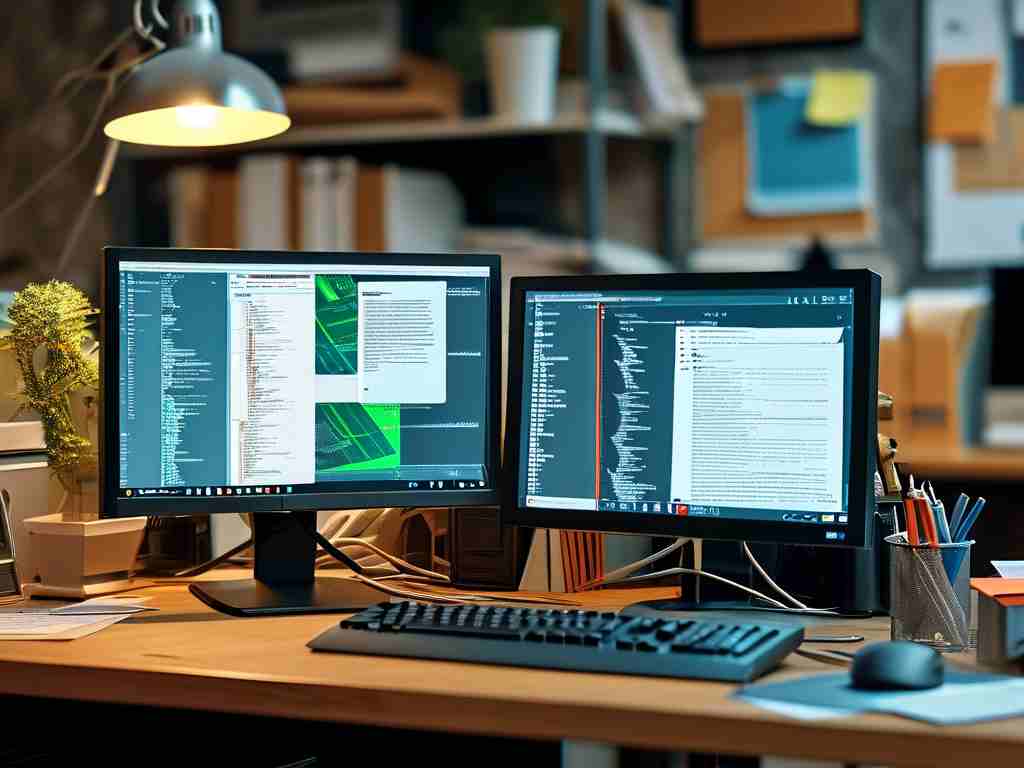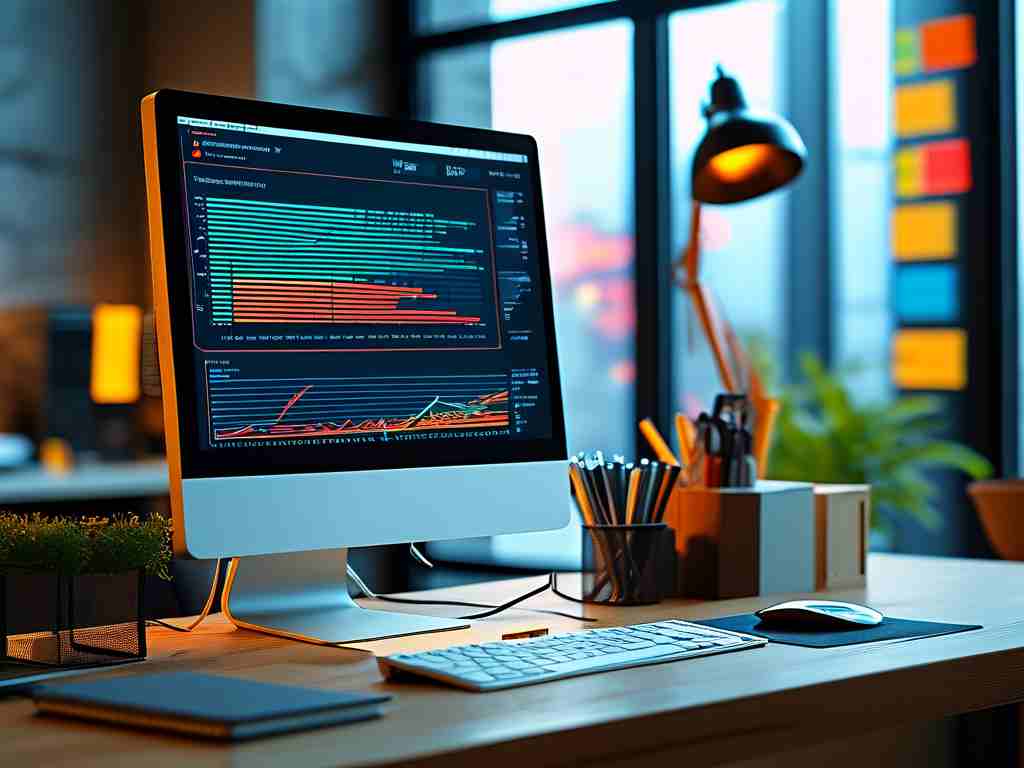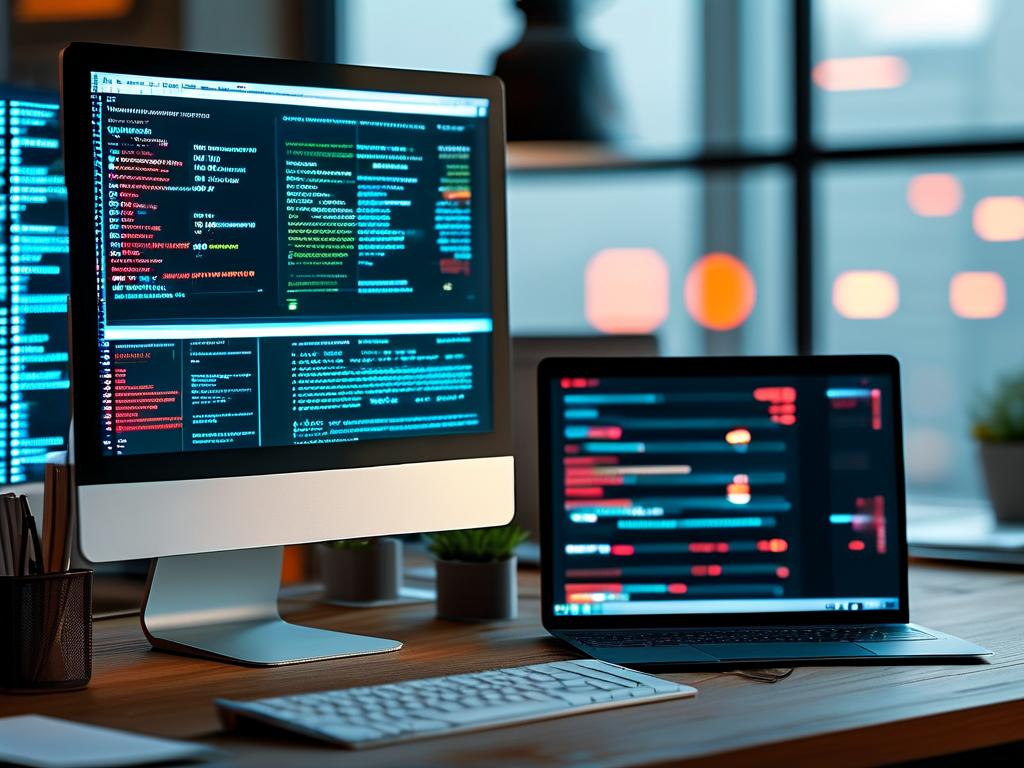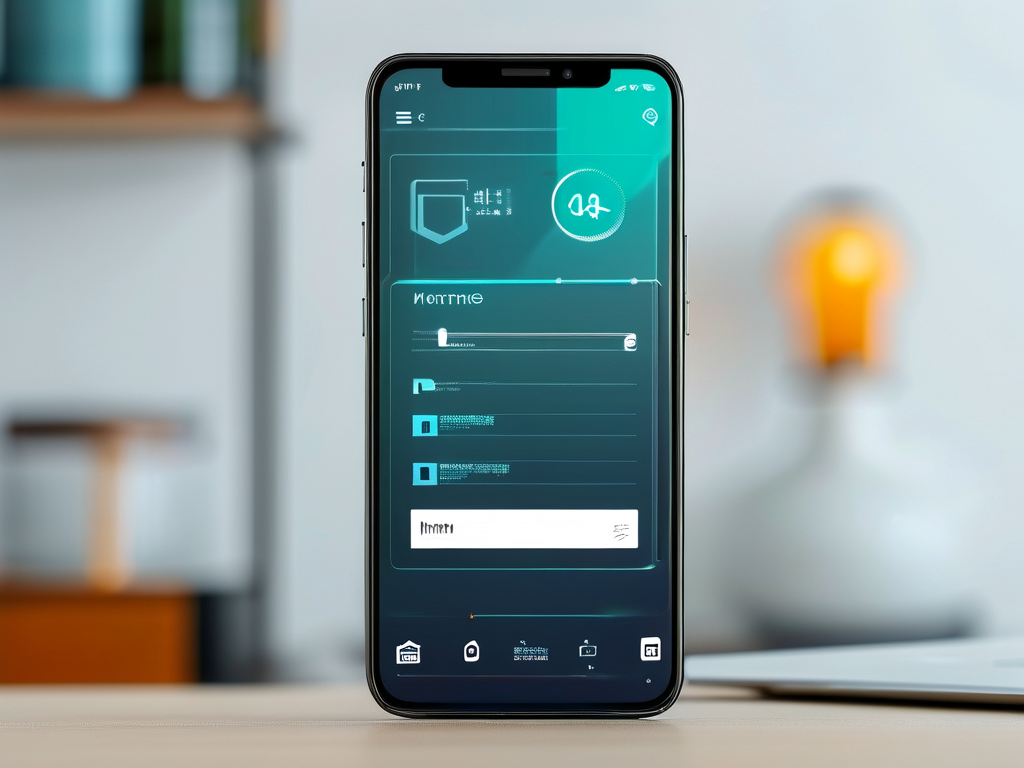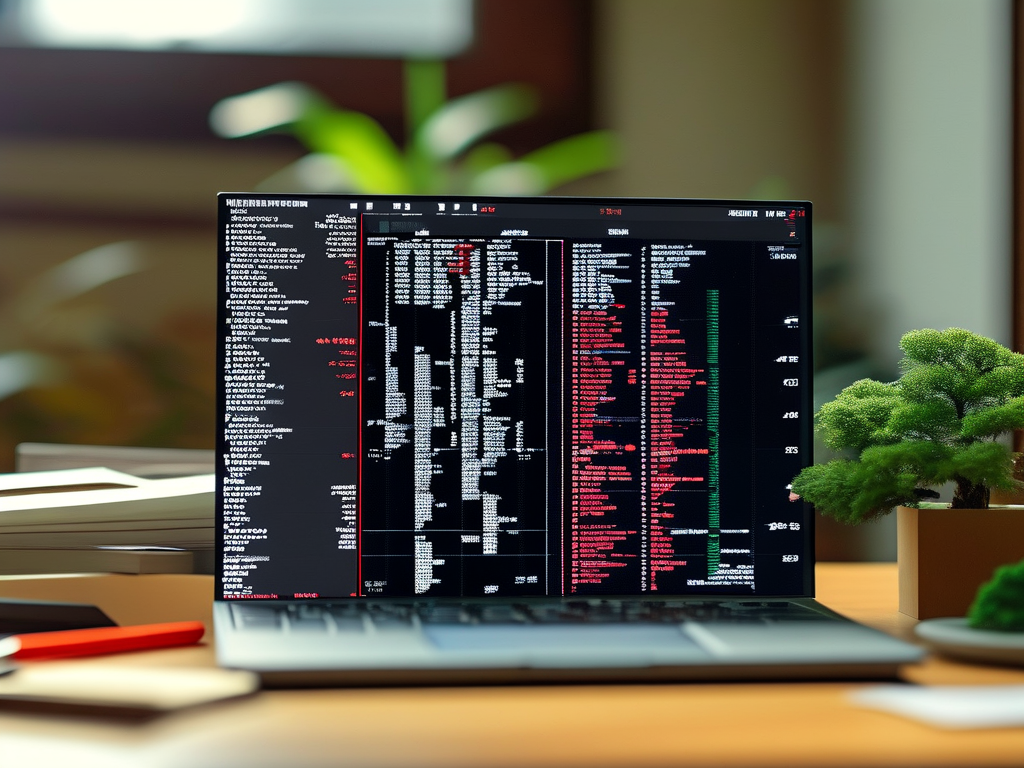Understanding why your computer consumes excessive Random Access Memory (RAM) is crucial for maintaining optimal system performance. High memory usage leads to sluggishness, application crashes, and an overall frustrating user experience. Several common culprits contribute to this problem, often working in combination to overwhelm your system's resources.
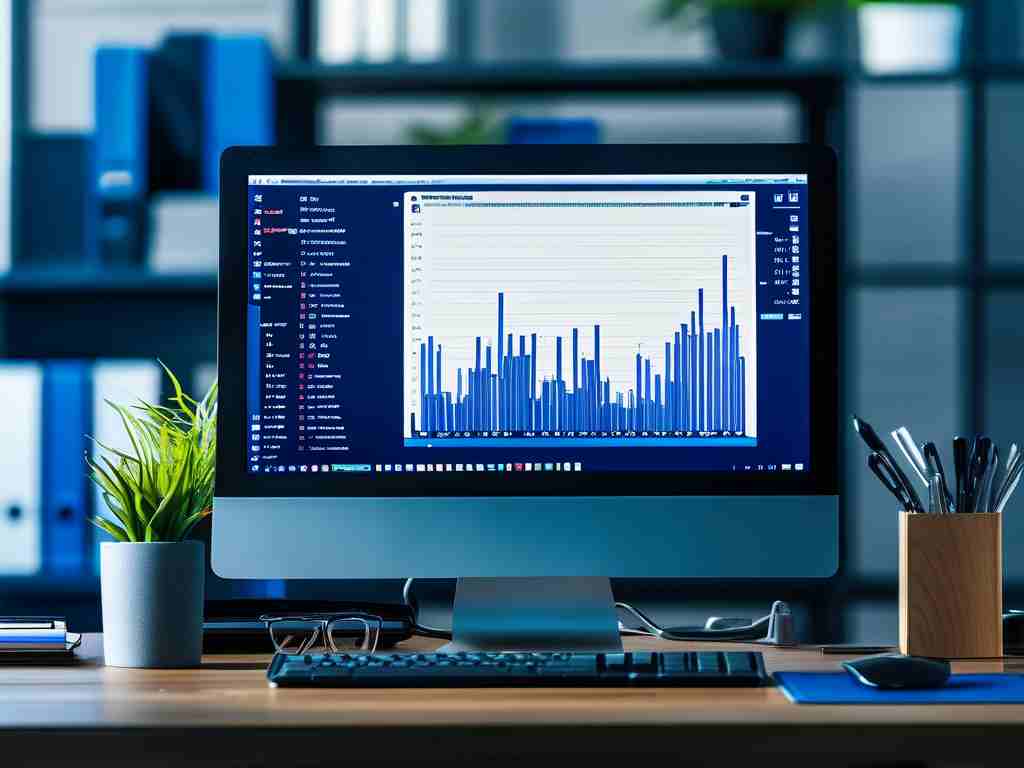
One primary factor is the sheer volume of applications running simultaneously, especially those operating unseen in the background. Modern operating systems and software suites frequently launch background processes for updates, synchronization, or telemetry. While individually they might seem insignificant, collectively they form a substantial memory drain. Users often overlook these background tasks, unaware they are consuming valuable RAM needed for active applications. Furthermore, poorly optimized applications, particularly resource-intensive software like video editors, complex IDEs (Integrated Development Environments), or advanced games, can demand gigabytes of RAM by themselves, pushing the system to its limits.
Memory leaks represent a particularly insidious cause of escalating RAM consumption. This occurs when a program fails to release memory back to the system after it has finished using it. Over time, as the application continues to run, it hoards more and more RAM that remains inaccessible to other processes, even if the original task is complete. This gradual accumulation severely degrades performance. Memory leaks are often bugs within the software code and can affect applications ranging from small utilities to major programs or even operating system components themselves. Identifying the specific leaking application usually requires monitoring tools like the Windows Task Manager or Resource Monitor. A telltale sign is observing an application's memory footprint steadily increasing over hours or days without corresponding user activity.
Web browsers, especially when used with numerous tabs and extensions, are notorious memory hogs. Modern browsers like Chrome often isolate each tab and extension into its own process for stability. While this prevents one crashing tab from bringing down the whole browser, it significantly increases RAM overhead. Each open tab, each active extension, and each embedded advertisement consumes memory. Heavy websites laden with complex JavaScript, high-resolution images, and autoplaying video compound this issue exponentially. Users accustomed to keeping dozens of tabs open can inadvertently cripple their system's available memory. Browser extensions, even seemingly simple ones, can leak memory or remain active in the background long after their usefulness has ended.
The collection of programs configured to launch automatically during system startup can severely impact initial and ongoing memory availability. Many installed applications add themselves to the startup routine without explicit user permission. These programs load into memory immediately after booting, consuming resources before the user even begins their primary tasks. Over time, as more software is installed, this startup list grows, silently consuming a larger portion of available RAM from the moment the computer turns on. Managing the startup list through the system configuration utility (msconfig on Windows or Login Items in macOS System Preferences) is essential for reclaiming these resources. Disabling non-essential auto-start programs can free up significant memory.
Malware and viruses are a critical, though often overlooked, cause of abnormal memory usage. Malicious software frequently runs hidden processes that consume CPU cycles and RAM for activities like cryptocurrency mining (cryptojacking), data harvesting, or participating in botnet attacks. These processes are deliberately designed to evade casual detection, operating under deceptive names or injecting themselves into legitimate system processes. Unusually high memory usage, especially when the computer is idle or performing simple tasks, can be a red flag indicating an infection. Running reputable, updated antivirus and anti-malware scans is imperative if malware is suspected. The constant scanning and real-time protection features of security suites themselves also contribute to baseline memory consumption, though this is a necessary overhead.
Insufficient physical RAM for the user's workload is a fundamental hardware limitation. Operating systems and applications continuously evolve, demanding more resources. What was sufficient RAM two years ago might be inadequate today. When active processes collectively require more memory than the physical RAM available, the operating system resorts to using a portion of the hard drive or SSD as virtual memory (the page file or swap space). Accessing data from virtual memory is orders of magnitude slower than accessing physical RAM, leading to severe performance degradation known as "thrashing," where the system spends excessive time swapping data between RAM and disk. Upgrading physical RAM remains the most effective solution for users consistently pushing their system's limits. For example, checking memory usage in Windows Task Manager:
# Sample output snippet (illustrative purposes) Process Name Memory (Active Private Working Set) browser.exe 1,245 MB videocard.exe 874 MB antivirus.exe 512 MB ...
Finally, graphics-intensive tasks heavily rely on RAM, particularly for storing textures, frames, and complex scene data. Integrated graphics solutions, which lack dedicated Video RAM (VRAM), utilize a portion of the system's main RAM for these purposes. This shared memory architecture directly reduces the RAM available for standard applications and the operating system. Even systems with dedicated graphics cards require sufficient system RAM to feed data efficiently to the GPU. Running high-resolution games, complex 3D modeling software, or video editing suites without adequate RAM will inevitably result in high memory pressure and performance bottlenecks. Users engaged in these activities must ensure their system RAM meets or exceeds the recommended specifications for their software.
Addressing high memory usage requires a systematic approach: monitor resource usage to identify the heaviest consumers (Task Manager on Windows, Activity Monitor on macOS, top or htop on Linux), manage startup applications rigorously, keep software and the operating system updated to patch potential memory leaks, scan for malware, be judicious with browser tabs and extensions, and consider a physical RAM upgrade if hardware limitations are the root cause. Proactive management of these factors ensures smoother operation and extends the useful life of your computer hardware.


